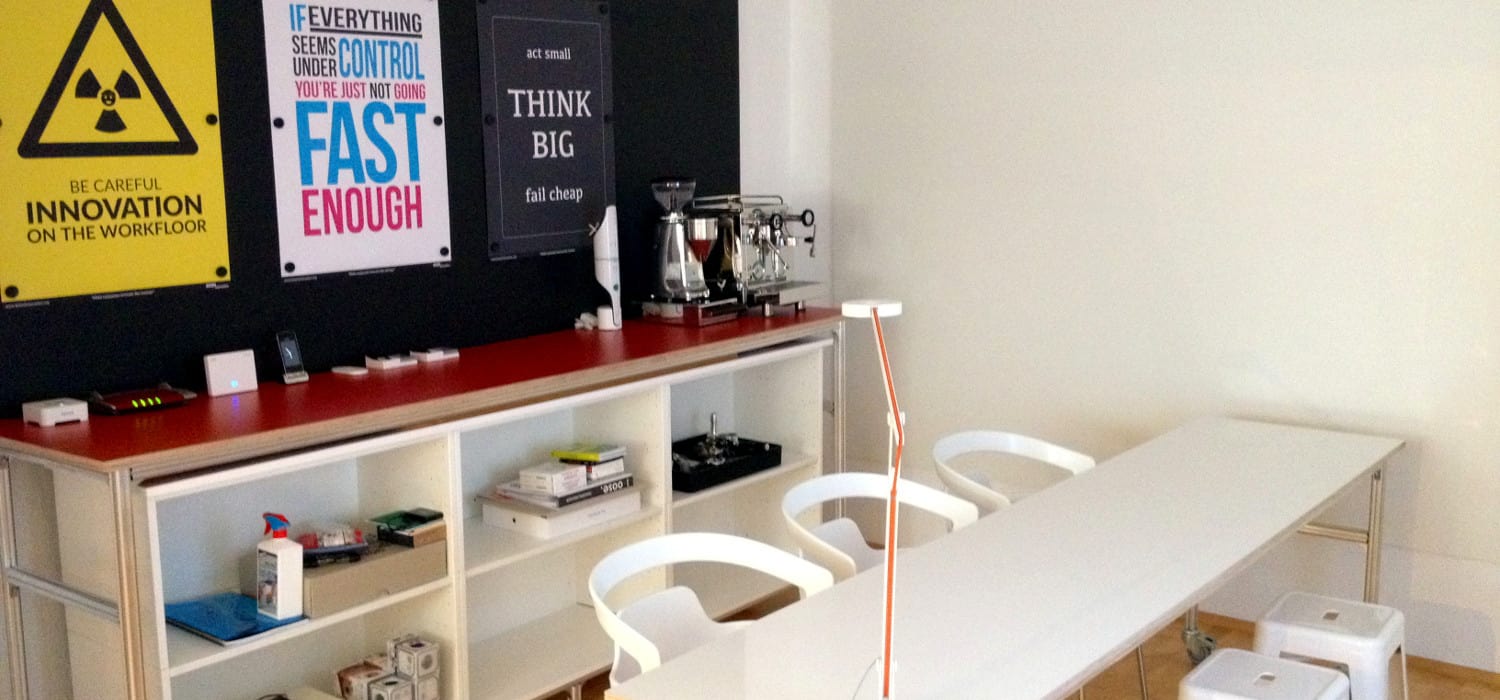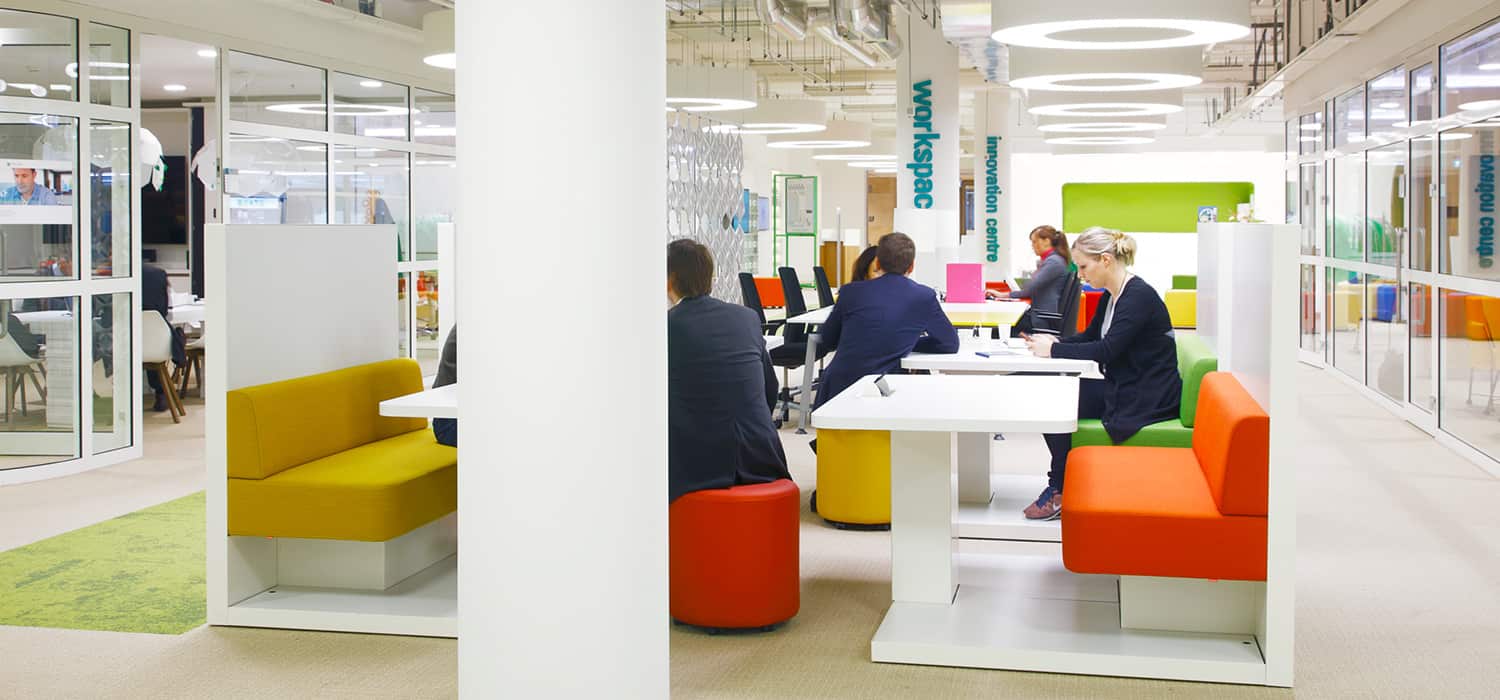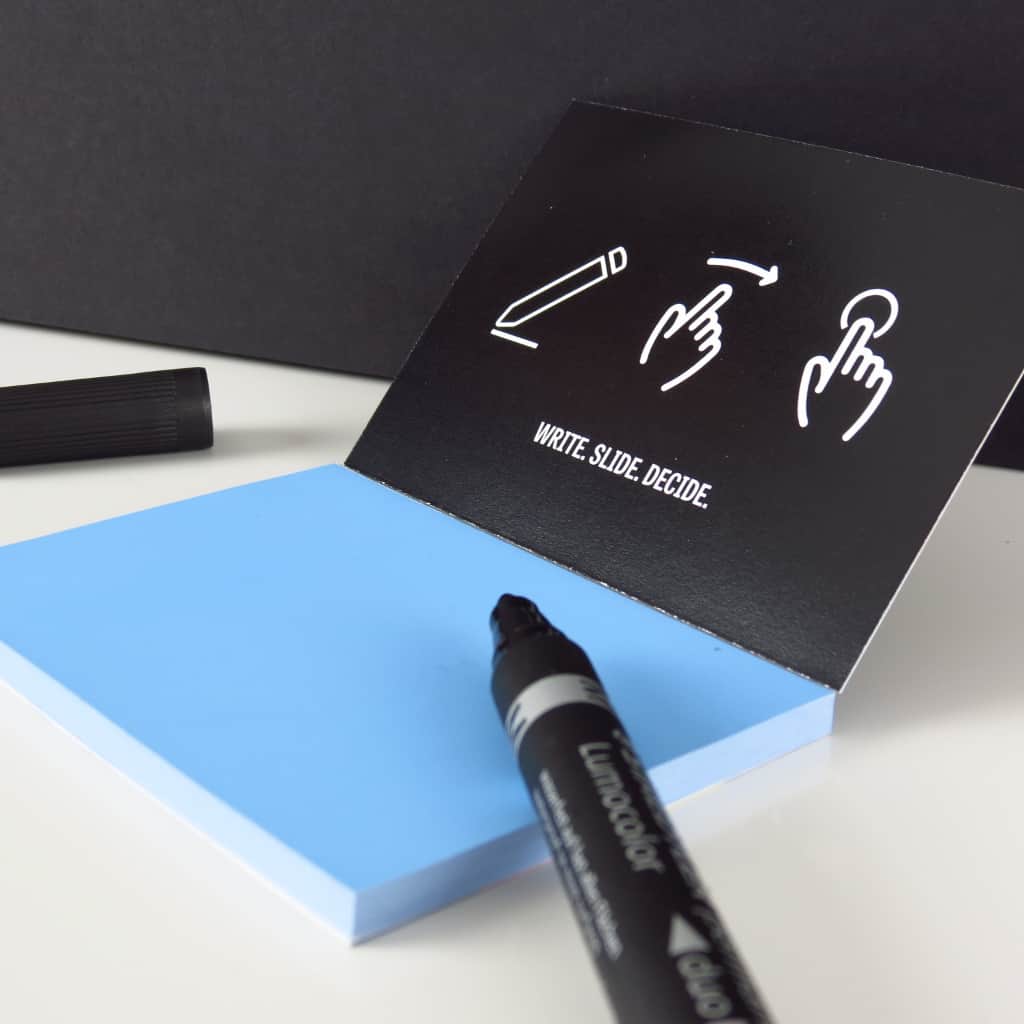The Importance of an Excellent Workspace
When taking methods of innovation leadership into your own place, what considerations do you have on the physical workspace? Does it matter? If so, why? What are the essential pointers, and which aspects are so important that you should not compromise and where can you be flexible? This article aims to show how experts in innovation leadership think about space.
Space Matters
Space matters in innovation as it affects and effects outcome, especially when chosen and designed consciously. Physical environment influences how people feel, how they think and interact. All three conditions have a significant impact on the quantity and quality of output in innovation processes. Innovation leadership has so many factors that influence and affect the quality and quantity of truly creative ideas. Of those, few can be controlled beforehand, while many depend on the wisdom that comes in the moment, as well as perseverance and making the right connection. The factors that can be controlled beforehand need to be raised up to the highest level – the cost of not doing so is simply too great.
The Three Important Elements
There are three elements to consider when selecting an effective space: the location, the stage and the props. A special location gives its inhabitants a sense of identity as innovators while allowing for contact with the outside world. A stage provides the atmosphere and allows to orchestrate the way people interact and collaborate. The right props and tools will ensure the speed and capture of idea generation and development.
1. Location, Location, Location
It’s an old quip by realtors that the three most important characteristics to determine a property’s value are the above: location, location, location. As innovation requires openness, serendipity and outside inspiration, your location should not be hidden away or closed off. In fact, your location should bring into play openness, serendipity and outside inspiration. A good example is the ABN AMRO Innovation Center in Amsterdam, with a chosen a location that has an open connection to a hallway, which is used by thousands of people every week.
Location gives identity - When Steve Jobs formed his team to create the Macintosh computer, he put the team in a separate building and raised the pirate flag to make them feel special and different.



